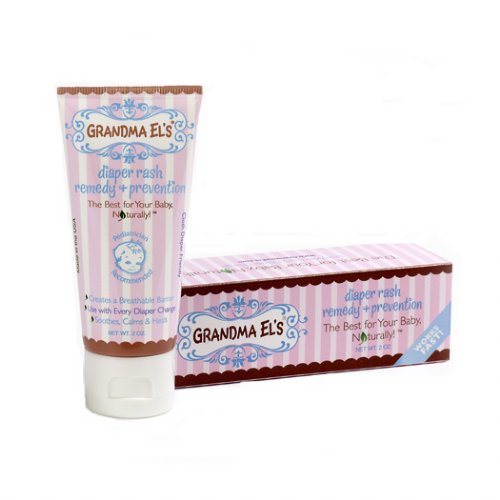 Changing a baby’s diaper is not as easy as they make it look in childbirth class. Real babies squirm, kick and fuss, making a simple diaper change a challenge for many new moms. Babies wet their diapers an average of 20 times per day during the first several months of life, according to the American Pregnancy Association. To prevent skin irritation, your baby will need to have his or her diaper changed every 2 to 3 hours and immediately after each bowel movement. It may seem overwhelming at first, but you’ll get the hang of it in no time.
Changing a baby’s diaper is not as easy as they make it look in childbirth class. Real babies squirm, kick and fuss, making a simple diaper change a challenge for many new moms. Babies wet their diapers an average of 20 times per day during the first several months of life, according to the American Pregnancy Association. To prevent skin irritation, your baby will need to have his or her diaper changed every 2 to 3 hours and immediately after each bowel movement. It may seem overwhelming at first, but you’ll get the hang of it in no time.
Diaper Rash Solutions
No mom wants to feel the guilt that comes from their baby’s diaper rash, however, it does happen from time-to-time. The key to prevention is to change your baby as soon as you are aware they are wet. Common rashes are caused from the skin’s prolonged exposure to wetness from a wet or dirty diaper. If your baby is suffering from a flare up, various diaper rash remedies can sooth sore bottoms. World-renowned pediatrician and author, Dr. William Sears, suggests allowing your baby to “air out” with his diaper off on a towel. There are many new natural and organic remedies on the market, such as Grandma El’s Diaper Rash Remedy and Prevention ointments, which is hypo-allergenic and preservative free.
Baby Wipes – Yay or Nay
Most doctors recommend not using baby wipes on your newborn as some chemicals could be a bit harsh and irritate delicate skin. You should use some moistened cotton balls or squares dipped in warm water. After a few months, you can switch to baby wipes, but check out the ingredients. Avoid wipes that contain alcohol and fragrance, as these can be irritating to the skin. If the skin gets a little red, switch brands until you find the right one that works for your baby.
Diaper Bag Packing 101
Having a well-packed diaper bag on hand can save you time and headaches when you need to be somewhere fast. What you need to pack and how much will ultimately depend on the age of the child, where you’re going and how long you’ll be out. Essentials include one diaper for each hour you’ll be out (plus a few extra just in case!), cotton balls, baby wipes or clean cloths, diaper rash ointment, hand sanitizer, changing pad, biodegradable or plastic bags, bottle of formula or breast milk, blanket, extra clothing, pacifier, sunscreen, and your emergency information (examples: doctor phone numbers, health insurance cards and emergency contacts). If you’re just making a run to the store, a diaper clutch and a bottle are usually sufficient.
Changing Safety Tips
Being prepared and aware will keep your baby safe during routine diaper changes. One of the most important safety aspects of diapering is location. According to Omaha, Nebraska pediatrician Laura A. Jana, MD, it’s best to find a safe spot to change your baby and to use the same spot each time to prevent the spread of germs. Ideally, babies should be placed onto a stabile changing table and secured with a waist belt. Have all of your supplies within arm’s reach, as you should never take your eyes off of your baby during the diaper change. Keep your little one happy and calm by using a mobile above the changing table or with toys like rattles and noise makers.
Article Sources
http://americanpregnancy.org/firstyearoflife/changingadiaper.htm
http://www.webmd.com/parenting/d2n-stopping-germs-12/healthy-diapering
